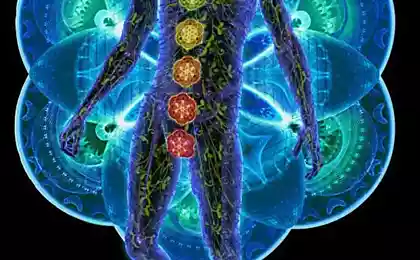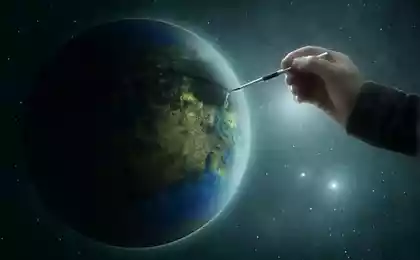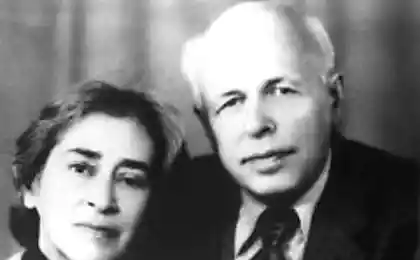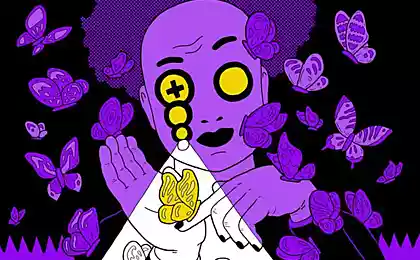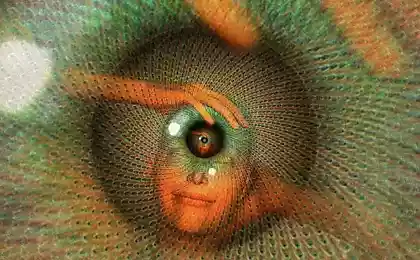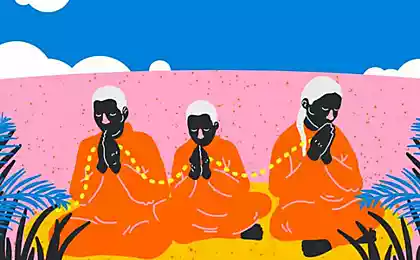537
Mandalas from nature's gifts
American Kathy Klein (Kathy Klein) is keen on creating installations and original the genre: it combines land art with its brevity and focus on the beauty of natural materials with the philosophy of Tibet, India and other Eastern countries. The artist not only creates colorful compositions, but also fills their spiritual content – they are, in fact, are mandalas for meditation!
Katie, living in Arizona, believes in the animacy of all living things that surrounds us. Therefore, the object of creativity, the artist chooses the grass and leaves, shells and stones, fruit and cones.
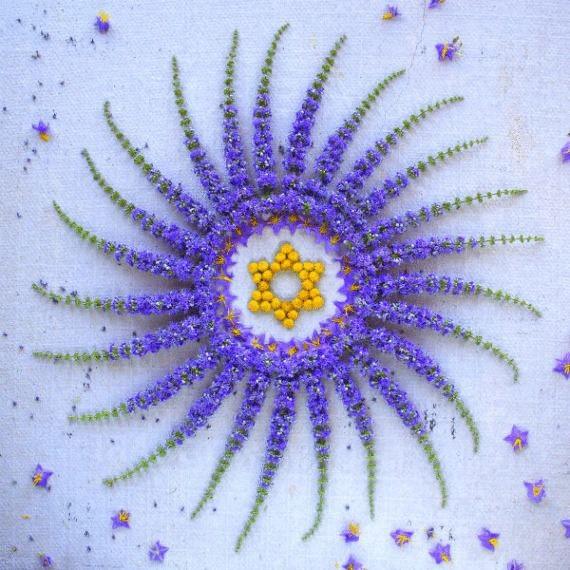
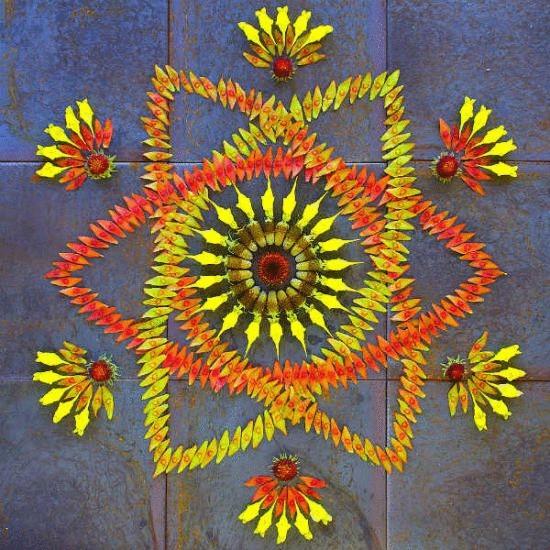
But the key to its positive installations take flowers of all forms and hues with which the artist creates incredibly beautiful and rich. Katie even changed the order of the letters in the word "mandala" with "danmal", which translates from Sanskrit as "the giver of garlands of flowers". It is under the same name – Danmala – she is known in the network.
As for the original word "mandala", which is familiar to Buddhists and enthusiasts of Eastern practices, it means "circle" or "disk". But it's not just stylized pattern – this geometric symbol is a model of the universe or "map space".
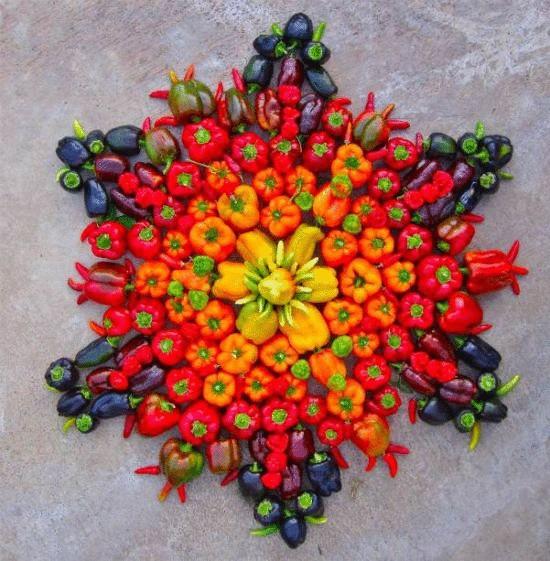
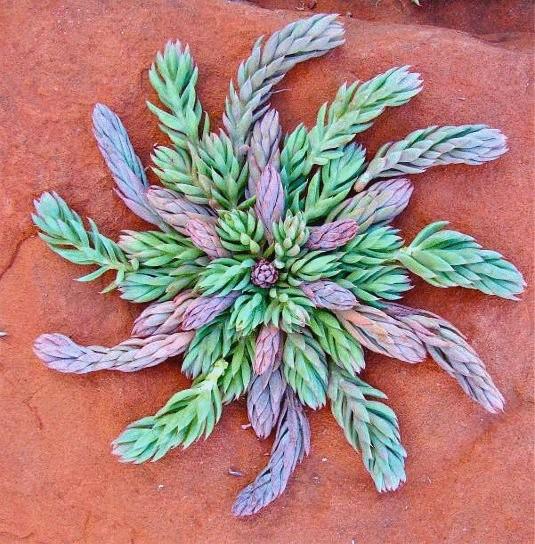
The typical form of the mandala, the outer circle, the inscribed square, which is inscribed in another the inner circle, often segmented, or having the shape of a Lotus. This model of the universe reflects harmony and reconciliation with the world.
Father deep and analytical psychology, Carl Gustav Jung was well acquainted with the mandala and called her "the archetypal symbol of human perfection" (that is the subconscious a benchmark of the symmetry of internal and external content). Mandala and to this day is used in psychotherapy as a means to achieve a comprehensive understanding of self.
The purpose of the creation of these drawings is to convey to the subconscious hidden in them a coded message to activate chakras are responsible for certain qualities or necessary skills. The purpose of drawing mandalas or creating them from bulk materials to transform yourself and go beyond the ordinary.
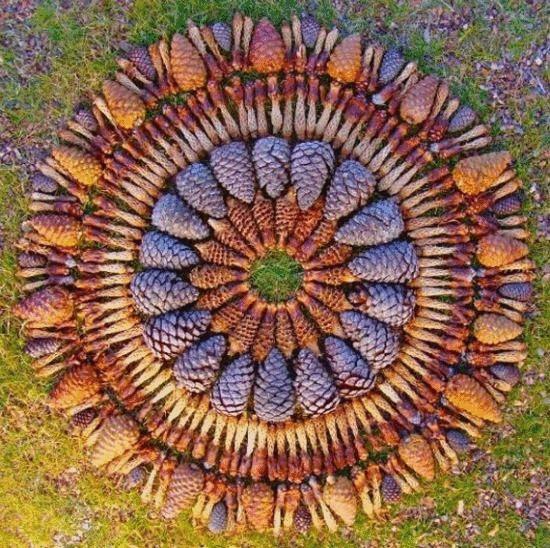
In the process of drawing (creating) a person unwittingly reveals the contents of his psyche, using certain symbols, shapes and colors. Remember, as the mythological Perseus defeated the Gorgon and not turned to stone from her gaze as he fought with her, looking at the reflection on the shield? Similarly, the mandala serves as a mirror reflecting our unconscious – faced with which, without intermediaries, people can go insane.
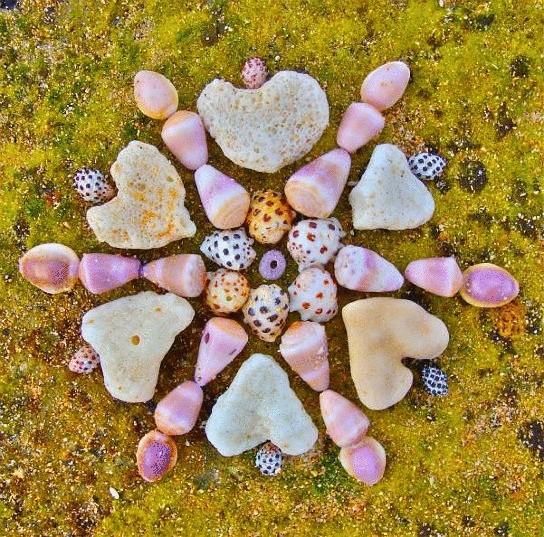
Contemplation of mandalas, how do you think spiritual teachers are able to heal physically and spiritually (recall the enormous benefits of color therapy that helps overcome many psychological problems and diseases of the body). Therefore, the work of the artist affects not only the interests of those who are interested in psychology, but a modern person in principle.
Her installations made of natural materials are encouraged to listen to the voice of nature, and through it – and to yourself; to see the beauty and perfection of all living creatures, and feel their essential part. Transformed this philosophy, man will never disrespect his planet, because it would be blatant disrespect to himself.
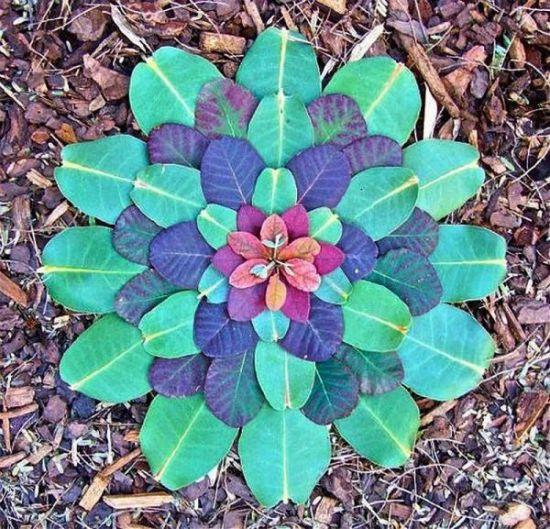
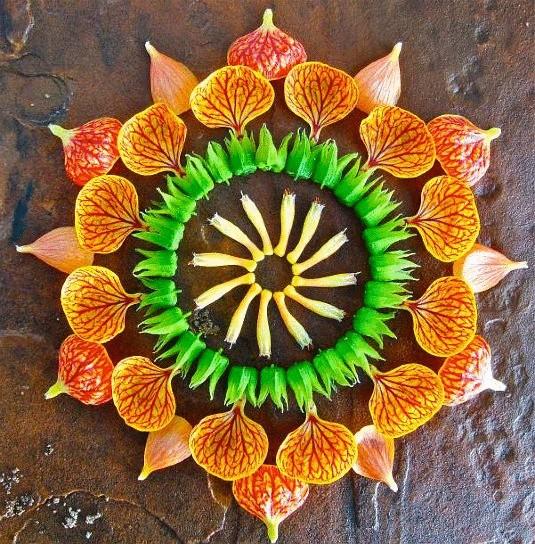
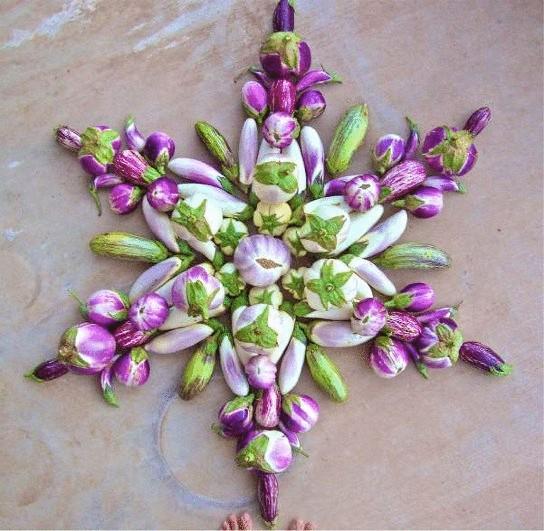
Source: /users/104
Katie, living in Arizona, believes in the animacy of all living things that surrounds us. Therefore, the object of creativity, the artist chooses the grass and leaves, shells and stones, fruit and cones.


But the key to its positive installations take flowers of all forms and hues with which the artist creates incredibly beautiful and rich. Katie even changed the order of the letters in the word "mandala" with "danmal", which translates from Sanskrit as "the giver of garlands of flowers". It is under the same name – Danmala – she is known in the network.
As for the original word "mandala", which is familiar to Buddhists and enthusiasts of Eastern practices, it means "circle" or "disk". But it's not just stylized pattern – this geometric symbol is a model of the universe or "map space".


The typical form of the mandala, the outer circle, the inscribed square, which is inscribed in another the inner circle, often segmented, or having the shape of a Lotus. This model of the universe reflects harmony and reconciliation with the world.
Father deep and analytical psychology, Carl Gustav Jung was well acquainted with the mandala and called her "the archetypal symbol of human perfection" (that is the subconscious a benchmark of the symmetry of internal and external content). Mandala and to this day is used in psychotherapy as a means to achieve a comprehensive understanding of self.
The purpose of the creation of these drawings is to convey to the subconscious hidden in them a coded message to activate chakras are responsible for certain qualities or necessary skills. The purpose of drawing mandalas or creating them from bulk materials to transform yourself and go beyond the ordinary.

In the process of drawing (creating) a person unwittingly reveals the contents of his psyche, using certain symbols, shapes and colors. Remember, as the mythological Perseus defeated the Gorgon and not turned to stone from her gaze as he fought with her, looking at the reflection on the shield? Similarly, the mandala serves as a mirror reflecting our unconscious – faced with which, without intermediaries, people can go insane.

Contemplation of mandalas, how do you think spiritual teachers are able to heal physically and spiritually (recall the enormous benefits of color therapy that helps overcome many psychological problems and diseases of the body). Therefore, the work of the artist affects not only the interests of those who are interested in psychology, but a modern person in principle.
Her installations made of natural materials are encouraged to listen to the voice of nature, and through it – and to yourself; to see the beauty and perfection of all living creatures, and feel their essential part. Transformed this philosophy, man will never disrespect his planet, because it would be blatant disrespect to himself.



Source: /users/104






